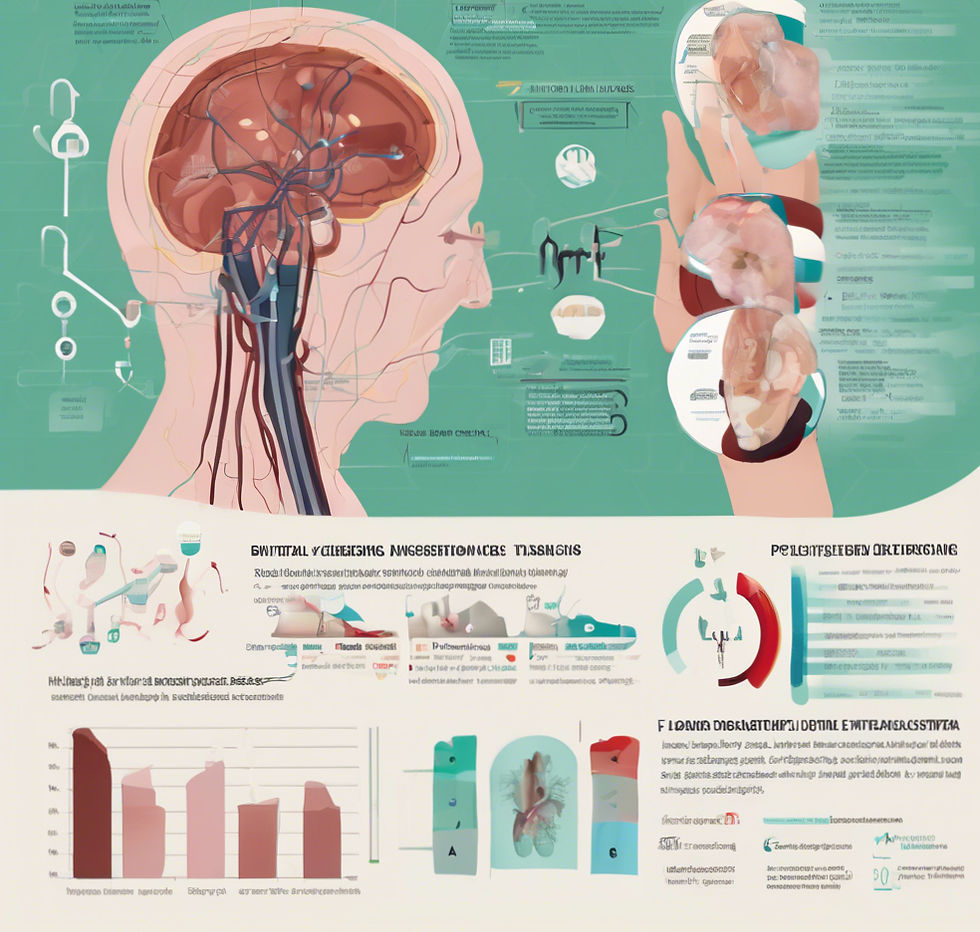What are evolutionary algorithms?
- Alex Lou
- Mar 5, 2018
- 2 min read
ClearSky Medical Diagnostics’ portfolio of non-invasive devices for diagnosing and monitoring neurodegenerative conditions is based on unique biologically-inspired technology.
We use a range of standard peripherals, including tablets, sensors, and data gloves, to measure someone’s movement in real-time. We then process these movements using evolutionary algorithms.
The software has been trained to tease out imperceptible differences associated with different conditions, such as Parkinson’s or Huntington’s.
For example, we have used evolutionary algorithms to induce classifiers capable of recognising the movement characteristics of Parkinson’s.
So, what are evolutionary algorithms?
An algorithm is a list of rules to follow in order to solve a problem. Evolutionary algorithms are inspired by the biological model of evolution and natural selection proposed by Darwin back in 1859 (Charles Darwin’s theory of evolution defined natural selection as the ‘principle by which each slight variation [of a trait], if useful, is preserved’).
So, put simply, they provide a generic method for optimising classifier models to fit data. Classifiers are induced by training on a subset of data for which class membership is already known.
Following training, the induced classifier can then be used to predict the class membership of data, which was not seen during training. Evolutionary algorithms are a widely used method for inducing classifiers.
Since evolutionary algorithms are stochastic (i.e. different solutions are found in each run), we carry out independent runs and then use scores on the test set to identify the best performing classifiers across all the runs. The left-out data in the validation set then provides us with an unbiased estimate of classifier performance.
Evolutionary algorithms appear well suited to neurological diagnosis, an area in which there is often limited understanding of the underlying biology of the diseases, and consequently limited understanding of the most appropriate classifier models to use.
Our research has shown how evolutionary algorithms can be used to induce classifiers able to discriminate Parkinson’s disease patients from age-matched controls with accuracies as high as 95 per cent.
Behavioural analysis indicated that the induced classifiers were able to capture a diverse range of patterns, which discriminate the movements of Parkinson’s patients from those of neurologically healthy controls.







Comments